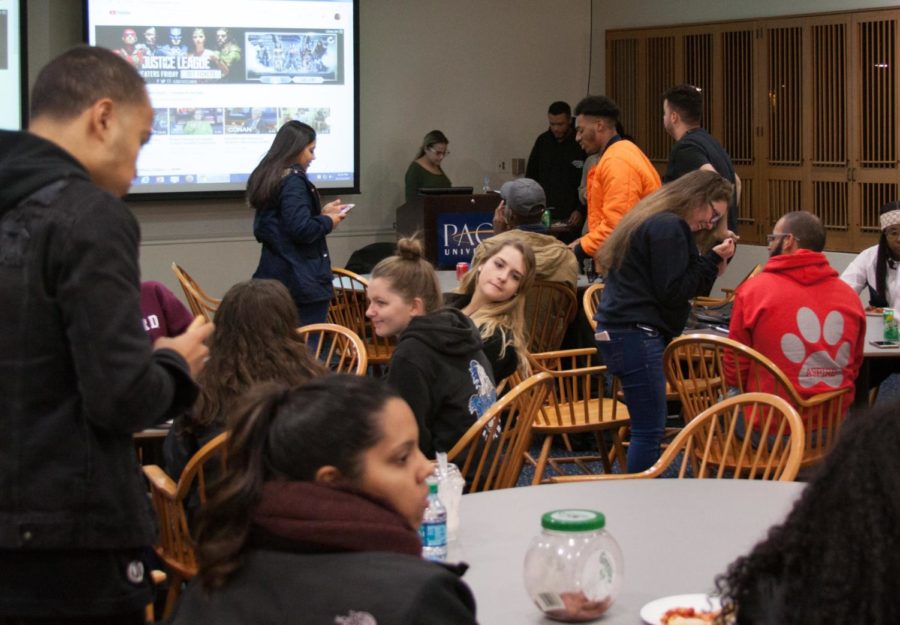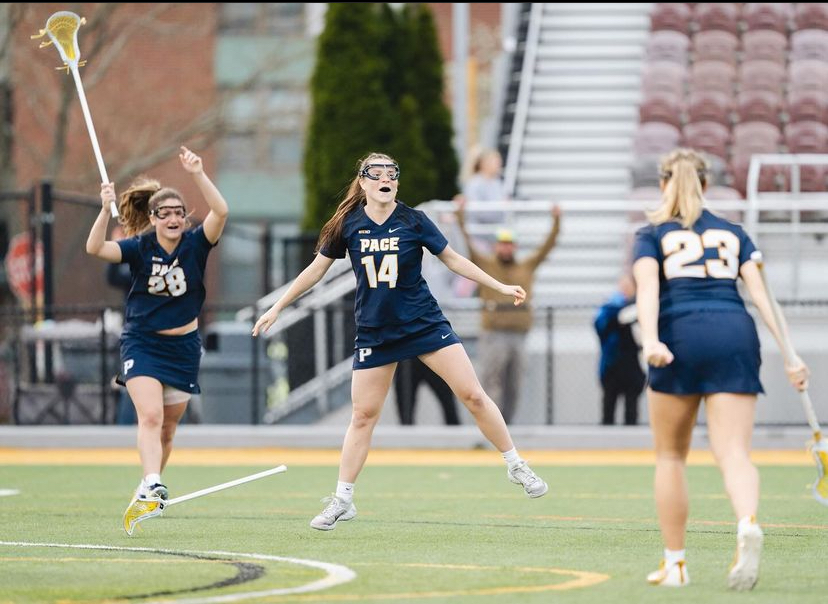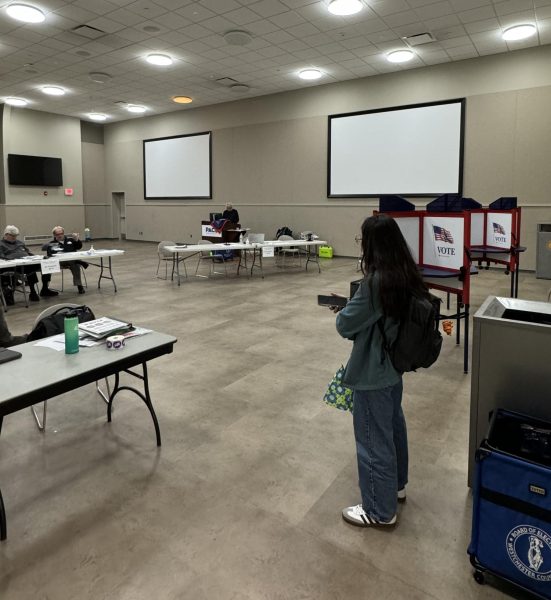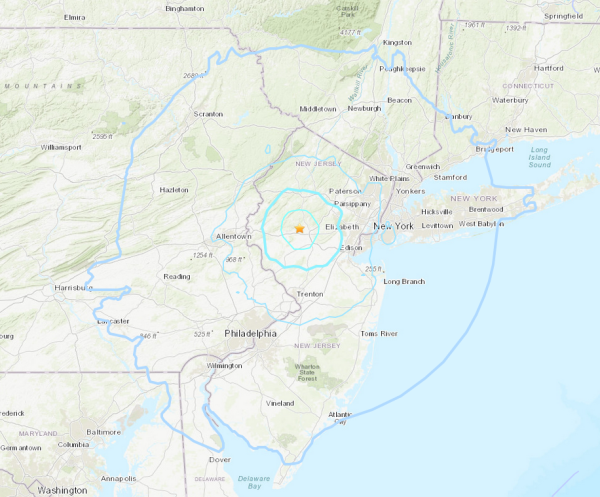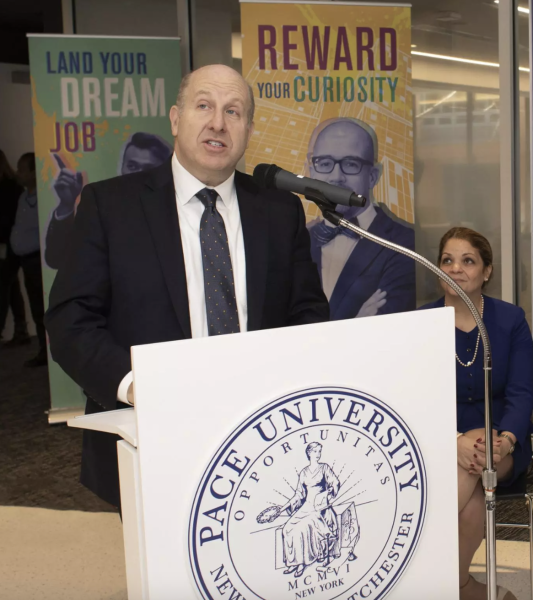OLAS Hosts Minority Report
OLAS hosts Minority Report. Photo by Jack Fozard
November 18, 2017
At the annual OLAS event, Minority Report, a strong, clear message took a back seat to the lively social event that occurred in its place.
Amidst the beating music leading up to the event, hosted by the Organization of Latin American Students (OLAS), men and women showed up in nearly equal numbers to enjoy the plentiful food and drinks provided. This was an unusual way to start an event that did not begin until nearly 15 minutes after the 9 o’clock start time, taking place in Butcher Suite.
According to OLAS President Sabrina Cordova, the later start time was no accident.
“It was kind of a comfort thing, to ease into the topic,” says Cordova, the newly-elected president of OLAS. “Talking about minorities can be kind of an uncomfortable [discussion] for some people so by introducing food first, we thought it could be an icebreaker just to get people comfortable, talking with their friends and such.”
After everyone had their fill of casual conversation, OLAS members gave a brief presentation on minority statistics in regards to education, providing data points to drive the point home.
According to the data presented, the dropout rate for Hispanics in the U.S. is around 14 percent, with the African-American dropout rate down to 8 percent from 15 percent, all compared to the 6 percent dropout rate of Caucasians in the U.S.
But for all the information presented about minorities having lesser access to education, no remedy or fix for this issue was proposed, nor were any statistics given regarding the ethnic makeup of Pace specifically.
At a university where 51.1 percent of students are non-white according to CollegeFactual, with nearly 15 percent of that 51 being Hispanic or Latinx, Pace is a diverse college compared to most around the nation, ranking 154 nationally.
For some, this seemed a departure from the norm, as the previous years had focused on representation of minorities past just statistics, instead “[sharing] with students how each ethnic group, gender and sexuality was portrayed through a variety of platforms such as movies, television and social media.”
According to OLAS Treasurer Christian Estrella, this was, in fact, different from the previous Minority Report events.
“The overall concept of what the event stands for [is] minorities in the workplace,” says Estrella. “We focused more on the education side, but the other times it was [focused] on jobs.”
For student Deija Williams, Minority Report could’ve benefited from some changes.
“I would’ve liked to hear about people of color and how they feel when they’re applying for a job,” says Williams. “[Also] about some fears they have [out in the world].”
Hispanic and Latino unemployment rates are at a record low for the past decade, at 4.7 percent down from 12.7 percent in 2010, according to the U.S. Bureau of Labor.
Other than statistics, an activity where groups had to define words such as resilient, all of which were supposed to represent attributes of minorities in America, filled the time following the presentation.
As for the focus of Minority Report going forward, the event could lean more toward workplace-related discussions, according to OLAS members.
“For next year we could do a poll and see [what] the students want Minority Report to be based on,” says Cordova. “Maybe it could be [focused] on the workplace next year, maybe a different topic for next year.”

